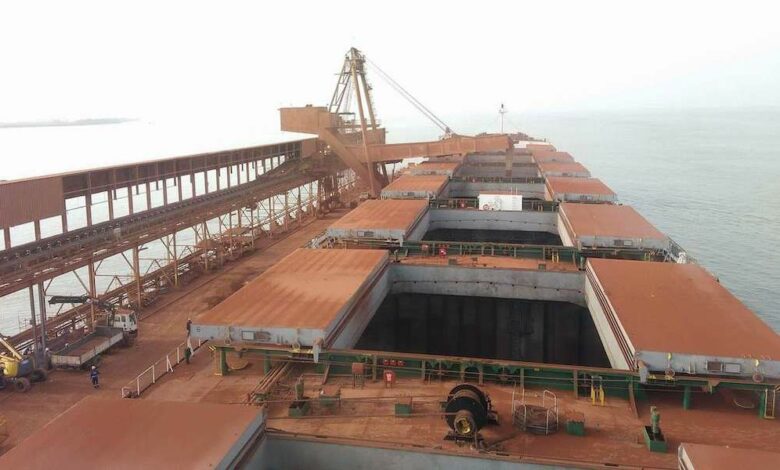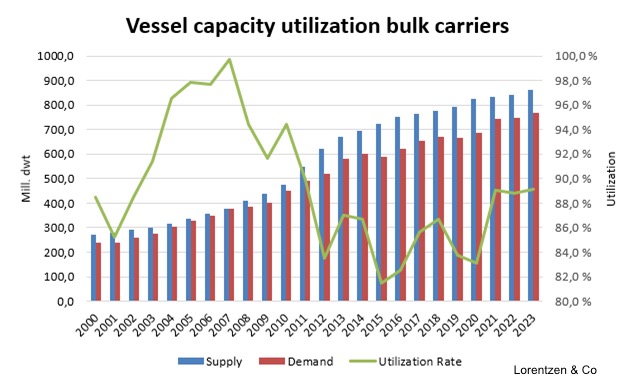Year of two halves for dry bulk

Like yesterday’s tanker outlook, analysts reckon 2023 will be better for dry bulk in the second half of the year once the sector’s most important player, China, has got its economy on a more solid footing.
Fearnleys had this to say on capes this week: “We are looking forward to a new year, where expectations to the first part are rather low, whilst the general sentiment is rather positive to the second half of the year.”
Certainly, the year has got off to a dreadful start with the Baltic Dry Index sliding this week in dramatic fashion, buffeted by bad covid numbers out of China as well as further tales of economic woe for its real estate sector.
“The decline is not a surprise as seasonal headwinds typically take shape during the first several weeks of the year,” Jefferies noted this week.
Breakwave Advisors point out that the first quarter has traditionally been the softest quarter of the year with inclement weather in both the Pacific and Atlantic basins usually affecting loading operations, and as a result, shipping demand.
General sentiment is rather positive to the second half of the year
Nevertheless, the tight fleet fundamentals suggest it will not take much to stop the rot. Like tankers, the dry bulk orderbook is at decades-low numbers.
“Given the robustness in our demand and supply forecasts for this year, with requirements for bulk carriers increasing by about 3% year-on-year and supply relatively less, we cannot escape the thought that market expectations are overly subdued,” a recent report from brokers Lorentzen & Co claimed.
Analysts at HSBC argue that China’s reopening and supportive policies on the property industry could likely benefit major bulk demand such as iron ore while minor bulk trades could see headwinds from a slowing global economy.
With China coming back, Breakwave Advisors reckons the dry bulk market will return to its traditional supply/demand levers this year post-pandemic.
“As effective fleet supply growth for the next few years looks marginal, demand will be the main determinant of spot freight rates with China returning back to the driver’s seat as the dominant force of bulk imports and thus shipping demand,” the American company noted in a recent update.

